Su-25SM3: an attack aircraft that may not exist
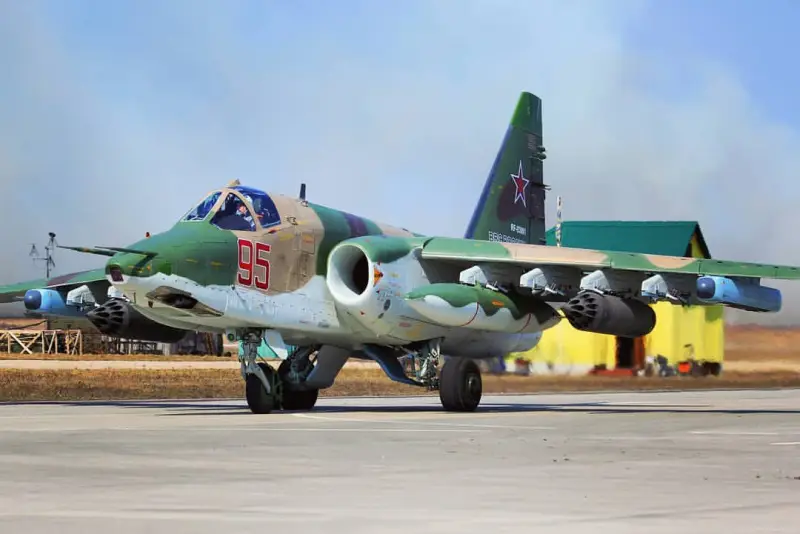
In general, the material was planned to be completely different from what it turns out to be about. In fact, together with one person from aviation we discussed some possible options for solving the problems of the Black Sea fleet in the light of recent events.
And the latest events, you know, are not encouraging, because they are very reminiscent of the year 1942, when the Black Sea Fleet was huddled in the harbors of Poti and Batumi and practically did not participate in combat operations at sea. However, so much has already been written about this that there is no point in repeating it. But it’s a fact: Stalin took care of the ships because he realized their value in the future.
Putin also absolutely does not want to waste ships just like that, stroking the pride of the Ukrainian military, so even though we no longer have Batumi and Poti as ports, all valuable warships have been relocated to Novorossiysk, out of the reach of Ukrainian Su-24s with Storm Shadow missiles and unmanned kamikaze boats. And it’s the latter that we planned to talk about.
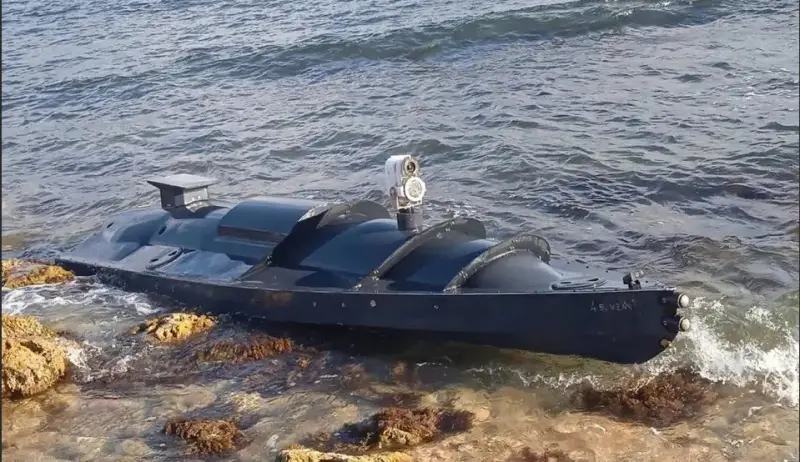
The uncrewed boat (UEC), used as a long-range guided anti-ship weapon, is actually a very effective weapon. A kind of anti-ship torpedo for those who do not have money for a normal torpedo and its carrier.
A plastic body that is practically invisible to radar, a minimal heat footprint because the exhaust is vented into the water, a minimum of metal in the structure, and the structure itself is generally small.
There have already been discussions on the fact that with the help of radar these boats are practically not detected, and those that are detected are the work of observation posts and patrol helicopters. That is, they worked in the optical range. But about optics a little further, but in fact, in an article about the fight against BEC using deck helicopters, one of the readers expressed a rather sensible idea about lidars.
Lidar, that is, laser radar, could successfully detect BEC. And from an aircraft platform this would be effective, because they measure depths with lidars and even look for mines. True, it is cheaper and more reliable to search for mines using sonars, but nevertheless, lidars are possible. The main thing is to choose the wavelength. Red waves are almost completely reflected by the sea surface, while green waves partially penetrate into the water, are scattered in it, and are reflected from the seabed. The measurements, frankly, are not as accurate as using an echo sounder, but against the background of water, a lidar could easily detect a plastic boat with a different reflectivity.
But if this happens, it will be in the near future. There is confidence that laser technology can be useful, since something is needed to look for a plastic trough filled with explosives.
But today we will talk about optics. About such a thing as an optical sighting station or OPS. In our case, about the SOLT-25 product, with the help of which it was possible to bring the Su-25SM3 to a qualitatively new level of combat aircraft.
Now it's time to say a few words about why the Su-25. An old and very unkind attack aircraft for enemies, which made its first flight in 1975 and entered service in 1981. That is, confidently moving towards his fiftieth anniversary in the service of the country.
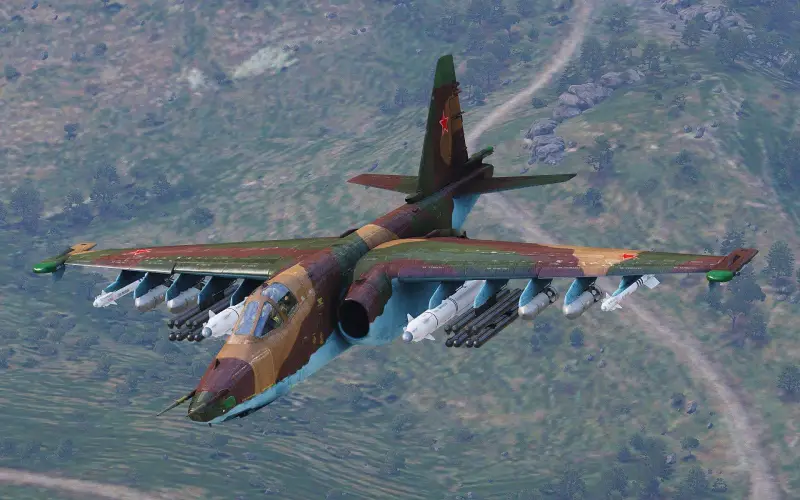
Why did we consider the Su-25 such a valuable aircraft in terms of fighting BEC? Yes, because in theory he has everything for this. Judge for yourself: what is the difference between the Su-25 and the simply beautiful Su-35 and Su-34, and the slightly less luxurious Su-30? All three aircraft are high altitude. Here you need to understand that all three vehicles are quite capable of flying at low level, firing rockets and firing cannons. But - optional. For normal operation, they need altitude in order to “see” the target, themselves on the map, and so on using the radar.
The Su-25 was originally created as an attack aircraft, that is, the aircraft is not all-weather and is designed to destroy targets in direct visibility. And this was determined by the lack of an onboard radar. Yes, the Spear radar could be used, but in a container version on a sling under the fuselage. Not the most convenient, let’s say, placement, and given the specifics of the aircraft’s use, not the most durable.
That is, we have an aircraft that was originally designed for operations at low altitudes, against targets in direct visibility, without the use of radar. So? So. That is, in essence, we have an ideal hunter for targets that cannot be picked up by radar.
However, so that the pilot does not rub his eyes on the monotonous surface of the water, looking for a BEC there, a small (4-6 meters) boat that does not protrude much above the surface of the water, he needs help. And help should be in the form of OPS, an optical sighting system. A complex that is capable of seeing a target, recognizing it, tracking it and calculating the point where the same NURSs will need to be sent. By the way, the ideal weapon against BEC is that it is cheap and cheerful.
And such a device was planned for the Su-25SM3 modification.
In general, the modification of the Su-25SM3 itself is quite serious. Added GLONASS satellite navigation system. A very useful option. And two attempts were made to equip the car with a new OPS. The old "Klen-PS", excuse me, but this is a Mosin rifle. Of course, you can shoot, but...
Many media outlets circulate information that the modification of the Su-25SM3 comes in series with the SVP-24-25 PNK (a variant of the SVP-24 “Hephaestus” for the Su-25), which makes it possible to increase the accuracy of unguided aircraft weapons to the level of guided weapons. Alas, as a source at the Sukhoi Attack Aircraft Research and Production Company explained to us, it was upgraded from SVP-24-25 ONE a copy of the aircraft, which is currently located at the Lipetsk Aviation Center, where it was supposed to be tested and compared with another complex. But something went wrong and the tests did not take place.
Today, a few copies of the Su-25SM3 (and about one and a half dozen vehicles have been manufactured) are equipped with the SOLT-25 OPK developed and produced by the Krasnogorsk plant named after S.A. Zvereva. This is our former Zenit, if anything.
Let's briefly evaluate what SOLT-25 is (very briefly, because I think we will have the opportunity to make a longer article) and why we see this complex as so necessary and useful.
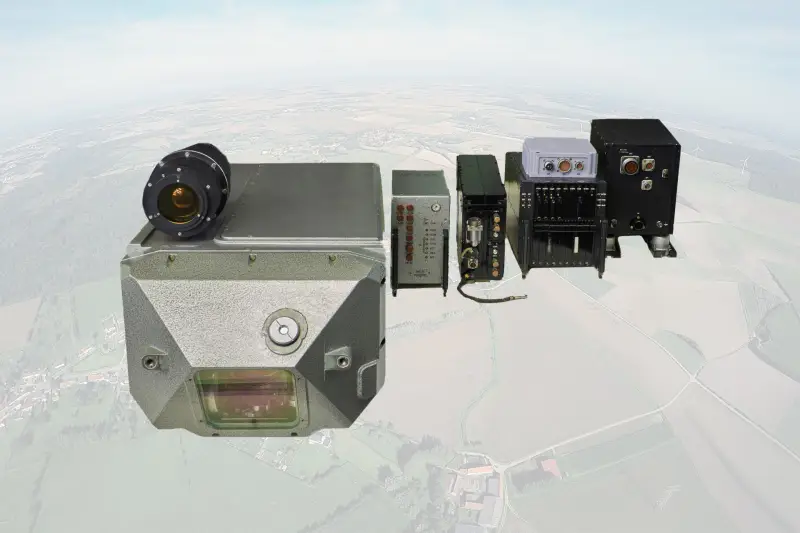
SOLT-25 is a device for searching and recognizing targets with their further tracking, created within the walls of the Krasnogorsk plant. It was developed for use on Su-25 and Yak-130 aircraft, which made it possible to transform the latter from a “flying desk” into a full-fledged light attack aircraft.
The SOLT-25 surveillance and sighting system provides round-the-clock visibility of the front hemisphere of the aircraft, generates and outputs digital television and (important!) thermal video signals to a separate display in the pilot’s cockpit and measures the range to objects in the vision zone.
SOLT-25 provides the ability to conduct round-the-clock search, detection and recognition of targets. The system can track selected targets, both automatically and manually.
In the Su-25 the system was planned to be integrated into the fuselage, in the Yak-130 it was planned to be used in a container version on a suspension.
The SOLT-25 system consists of eight functional modules and devices, including:
- gyroscopic system for stabilization and line of sight guidance;
- television and thermal imaging channels with the possibility of double magnification;
- laser rangefinder-target designator capable of operating for more than 15 seconds;
- telethermal imaging system for automatic target tracking.
Previously, we have an attack aircraft equipped with an optical security system, which perfectly allows not only to see day and night, but also to recognize targets and accompany them until the decision to attack is made.
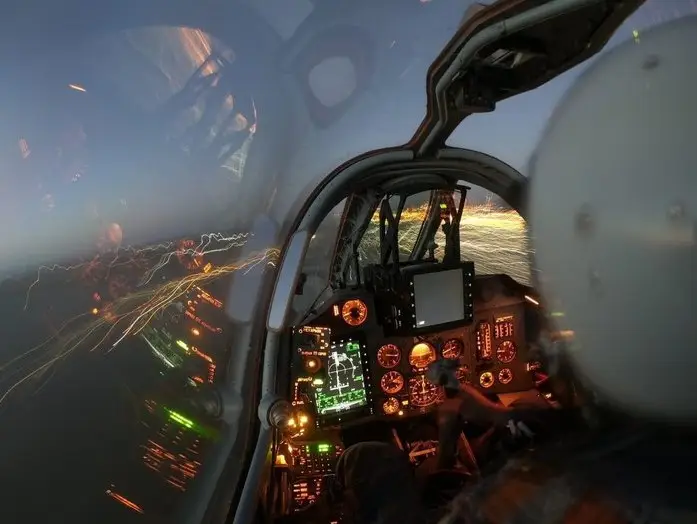
Let me remind you that we are talking about targets that are difficult to see using radar.
In general, when outdated equipment like the Klena-PS was completely thrown out of the Su-25, a ton of space was freed up. The blocks, originally from the 70-80s of the last century, differed in size, so everything turned out just fine: both the navigation system was included and the OPS. And there's still room left.
And if we add to our topic the developments of the eighties...
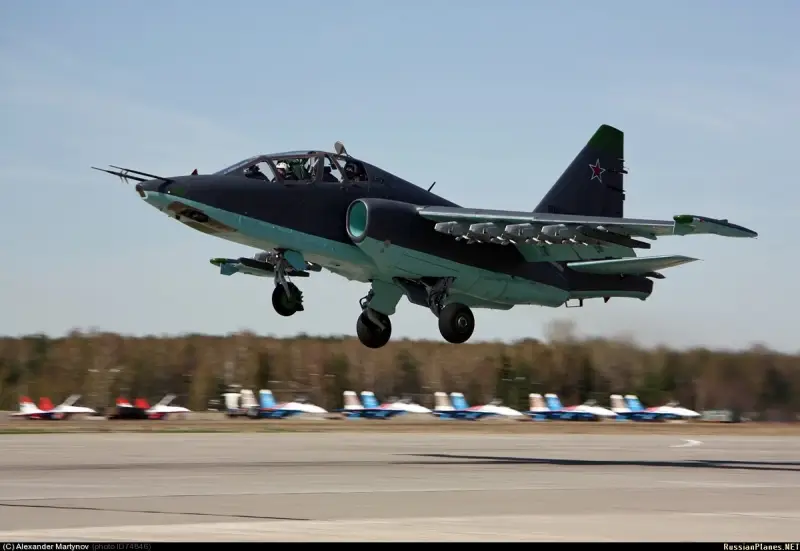
There was such a project as the Su-25UBM. Combining everything from the Su-25T, Su-25TM (aka Su-39), Su-25UTG projects. The two-seater aircraft, with an operator, was designed as an anti-tank aircraft with the I-251 Shkval sighting system and Whirlwind missiles. At the same time, with the suspension of the Kope-25 container radar, the aircraft could attack air targets with RVV-AE/R-77 missiles and ships with Kh-31 and Kh-35 anti-ship missiles. A test batch of 8 aircraft was manufactured, but in the end some developments were used in a simpler version of the Su-25SM
Meanwhile, this is absolutely our option: a two-seater aircraft, where the functions of detecting and classifying targets are taken over by the operator, and the pilot is engaged in his duties in controlling the aircraft. Somehow, an attack aircraft does not have an autopilot, so the operator for the patrol aircraft we are considering is a completely useful unit.
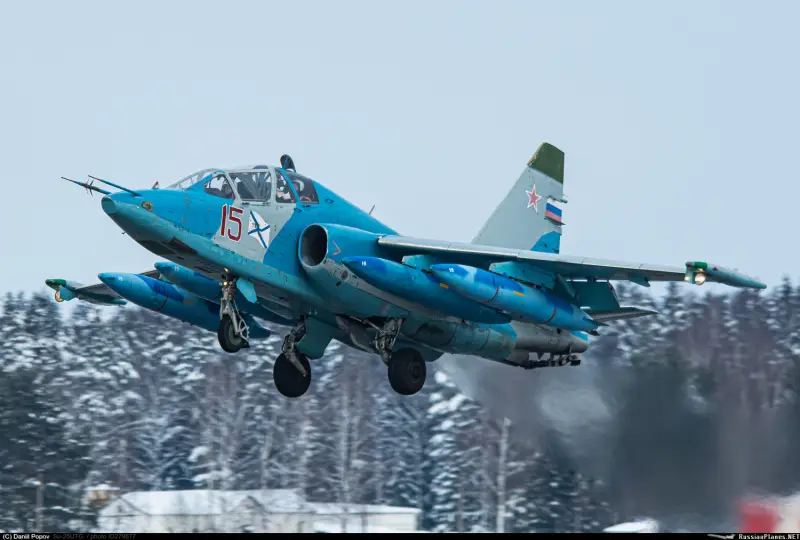
As a result, the pilot guides the aircraft along the route, assisting the operator in visual search if possible, the operator uses the SOLT-25 to search for targets, and having found them through joint efforts, the crew, if necessary, destroys them by all means available.
Is 500 km a small combat radius? Yes, but if you conduct a search, for example, 100 km from Sevastopol, then three planes will completely search the entire water area of the area. To search at a distance of 200 km you will need four.
In general, I like the idea. Precisely because the Su-25 with a decent OPS is able to detect, and therefore is guaranteed to destroy, such an unpleasant target as a plastic torpedo.
An anti-ship missile is also an unpleasant enemy, but air defense still takes them. By metal, by thermal and radar traces. In addition, anti-ship missiles can end up randomly in the same superstructure. Yes, there will be damage, but it can be repaired, as practice shows. Although, of course, it can also get under the waterline, and then everything will be much more unpleasant.
But the main problem is that the under-torpedo will fall right under the waterline. And this threatens big trouble, since PTZ today is somehow out of fashion even among warships.
And we have an aircraft that is theoretically capable of doing this better than its more modern counterparts. Why? Yes, because even though all of our modern fighters are equipped with an OPS, where is it located?
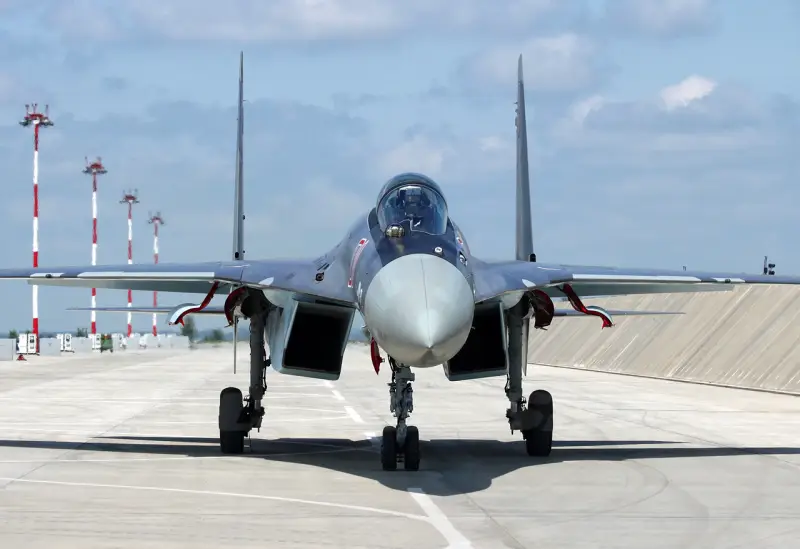
Su-35
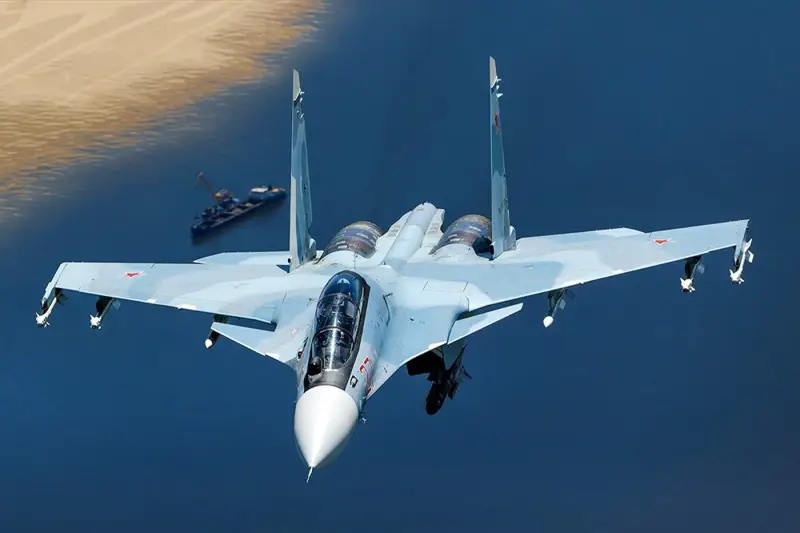
Su-30
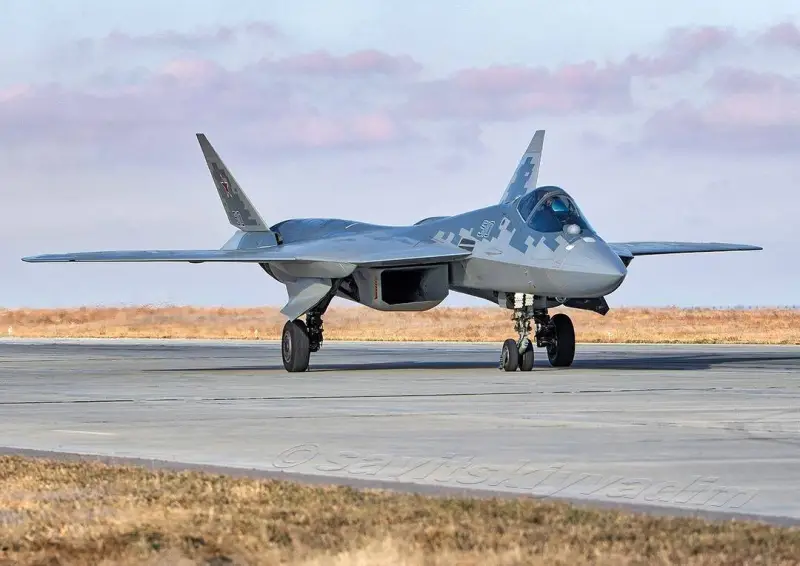
Su-57
That's right, everything is in the same place: on the nose, to the right of the pilot. Why? Yes, because these are fighters, and it is more important for them to “keep” the front upper hemisphere under surveillance. Where is the similar equipment on the Su-25?
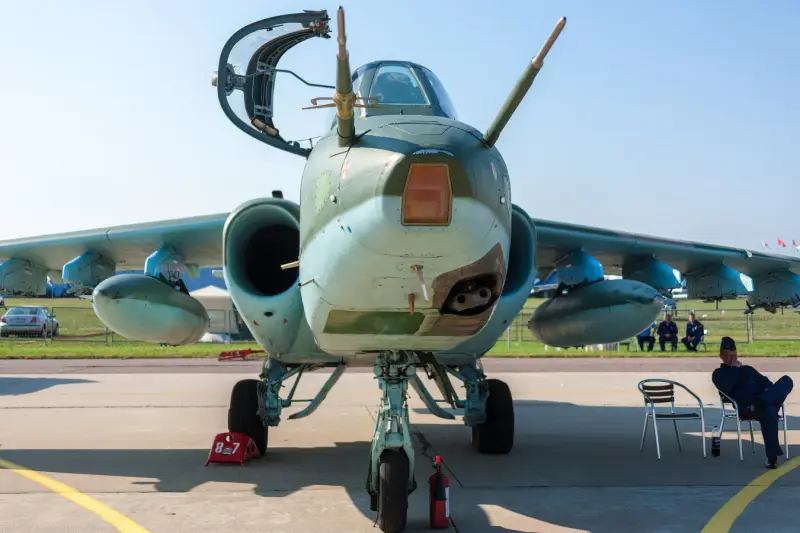
Well, yes, the emitter and camera look forward and down, and the laser rangefinder receiver is in the nose. The SALT-25 will look exactly the same way, namely forward and downward, since the main number of targets for the attack aircraft will be located there. And this is convenient in our case, because the targets in the waves will also be below.
Does it seem like a solution has been found? There is an airplane, there is the necessary equipment, it is possible that equipment for the production of two-seater aircraft has been preserved in Ulan-Ude. All that remains is to produce a small batch for testing, literally 5-6 aircraft, and send them to Crimea, to Saki. And so that there they pass tests not only in a close-up environment, but in the most combative one.
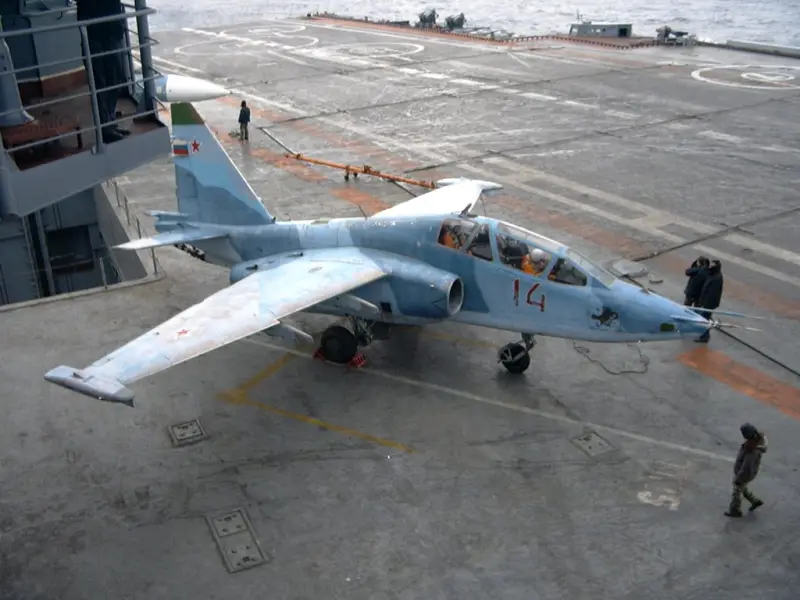
After all, they are now working in the SVO Su-25SM3? They work, and so successfully, that the question of whether such a modification of the army is needed is not worth it.
But it turned out that it was too early to rejoice. Not everything is as rosy as we would like.
It turns out that the entire process of modernizing the Su-25 to SM3 is under very big question. So, at least, this is considered in “Sukhoi Attack Troopers”, and the reason is called what is happening at the same Krasnogorsk plant named after Zverev, where the mentioned SOLT-25 was created and apparently went into production.

In Krasnogorsk, a situation that is not yet very clear at first glance is emerging. The next reshuffling of personnel, naturally, under the banner of optimization. Moreover, the optimization is amazing. According to the information we have, the last days of December of last year were the last days of work for the chief designer of that very product SOLT-25, on which our entire theory was generally relied upon.
Of course, any effective manager will tell us that there are no irreplaceable people at all, and the chief designer is not such an important figure in the game, but I asked my interlocutor, how would they look at a similar dismissal of Vladimir Petrovich Babak at home? And everything is simple - they answered me - Babak, who since 1991 has been the chief designer of the Sukhoi Design Bureau in general and since 1992 the head of the Sukhoi Attack Aircraft Research and Production Company, has the entire aircraft in his head. And not just the screws and rivets, but the entire production pyramid, in which anything can happen. Can it be replaced? Of course you can. And sooner or later this will have to be done, age is such a thing... The only question is how effectively this can be done.
Here you can look at history, did it work well to replace Petlyakov, Lavochkin, Myasishchev? There were design bureaus, there were comrades-in-arms, colleagues, students... And after the death of the leaders, was there no one to replace them? But somehow it didn’t work out. And in the best case, design bureaus merged with other structures. Replacing a constructor is not as easy as it seems.
In general, our theoretical research is good. But their price is not very high, given the specific realities in our country. And yes, it turns out that the Su-25SM3, an aircraft that already exists in metal, may turn out to be somewhat different in its essence if there is no optical sighting system.
In general, strange things are happening at the enterprises of the Shvabe concern. The Zagorsk optical-mechanical plant, which rented its premises to a private pyrotechnics shop, is in an incomprehensible state after the explosion; the Krasnogorsk plant is also shaken by feverish changes. We decided to take a close look at this topic to understand the essence of what is happening.
In the meantime, observers with binoculars and crews of naval aviation helicopters will continue to search the waves for Ukrainian unmanned boats. The two-seat Su-25SM3 with new fire protection systems is still very, very far away...
Information